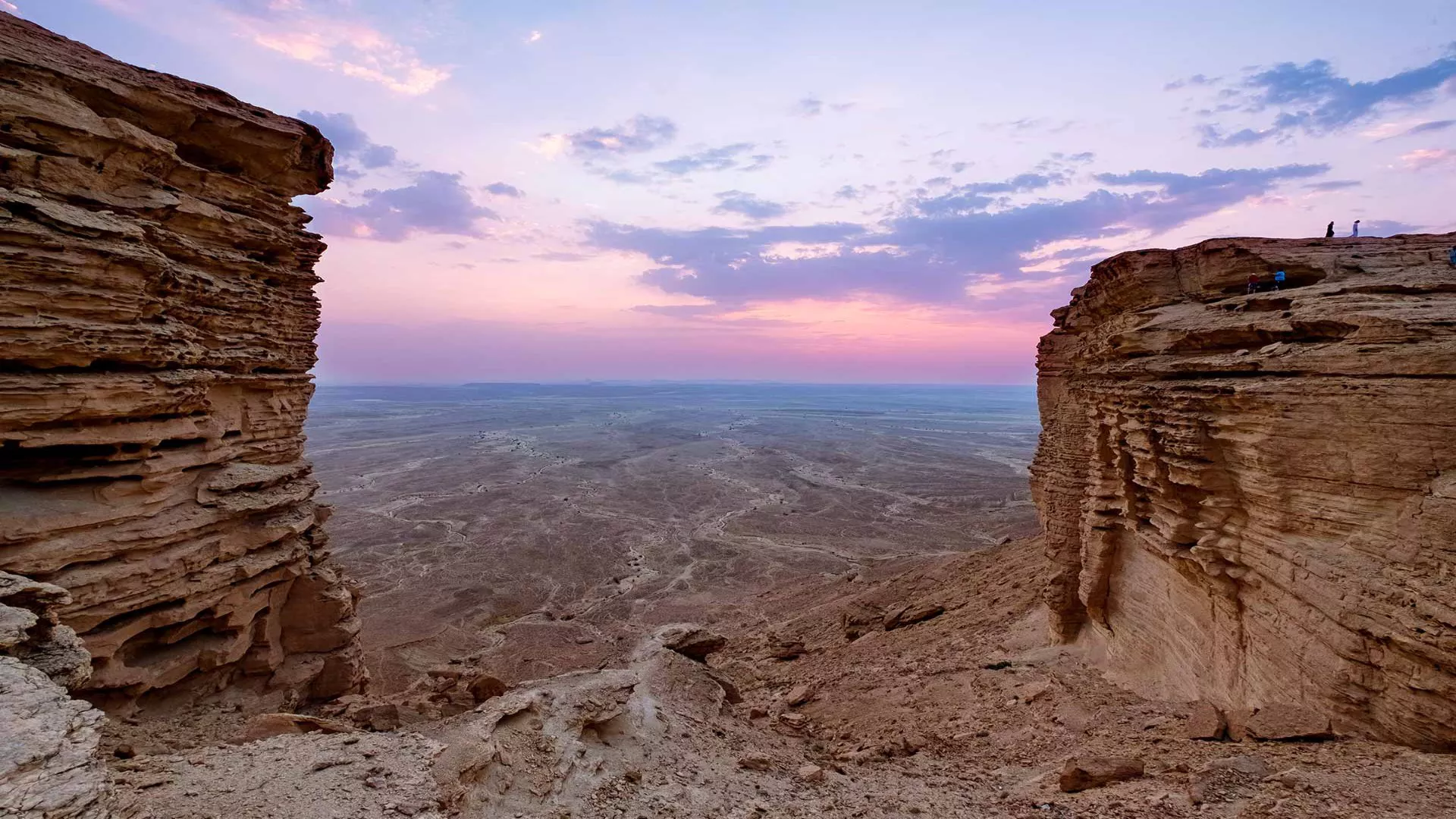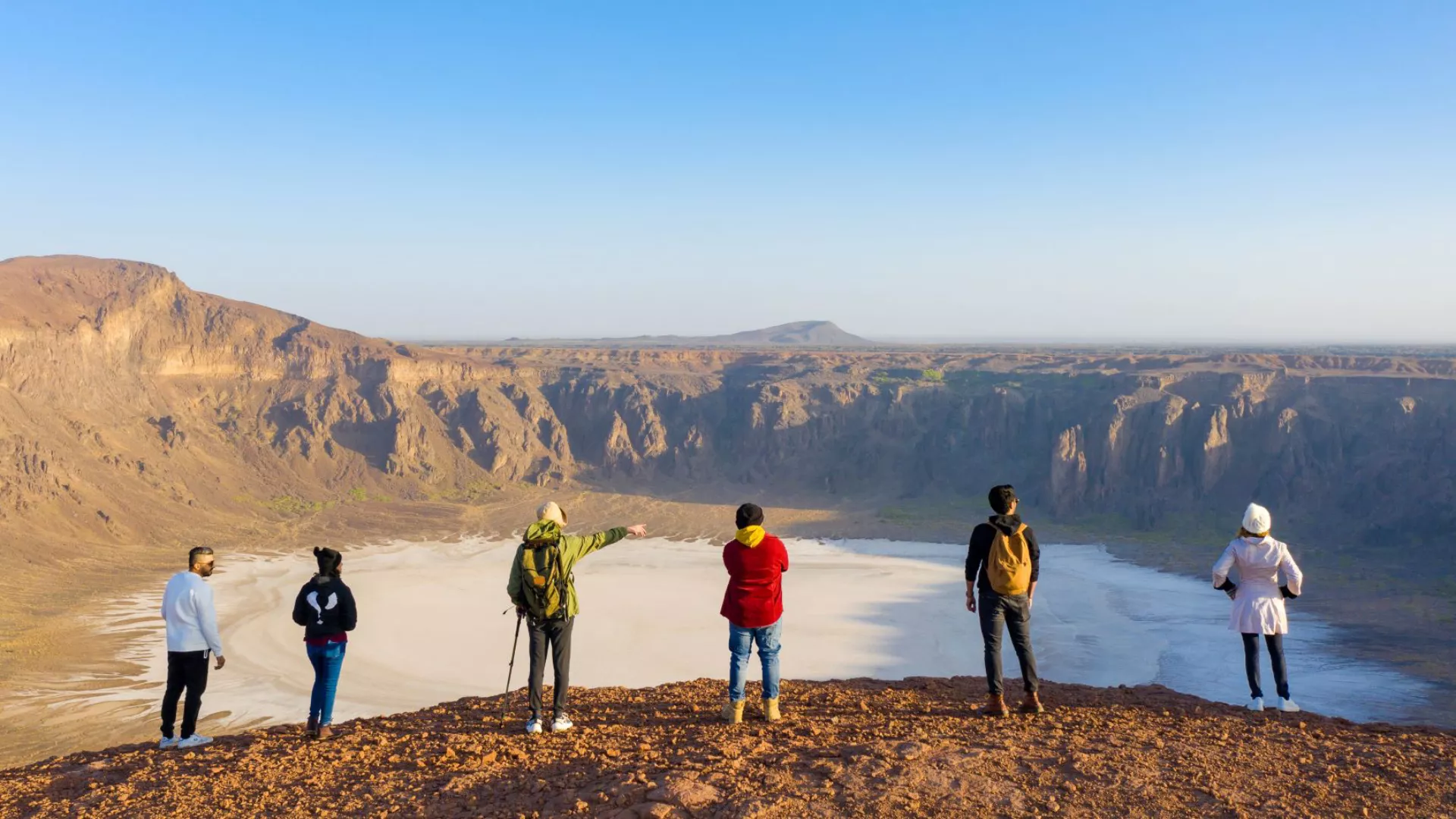Middle East
The Middle East, situated at the crossroads of Europe, Asia, and Africa, is a region of immense historical, cultural, and geopolitical importance. Its landscapes vary from deserts to mountains, and its languages and religions are diverse, reflecting a rich tapestry of civilizations both ancient a
View Middle East Tours →Countries










Russia
the largest and probably most diverse country in the world, Russia offers an an extraordinary variety of travel options: one can visit the political and cultural centers of Moscow and Saint Petersburg or take a trip along the medieval Golden Ring full of history and legends of Russia's past; or
View Russia Tours →Countries


Halal Sites
Lorem ipsum dolor sit amet consectetur adipisicing elit. Deserunt, iste quidem nostrum laudantium quos itaque reprehenderit incidunt optio, eveniet rerum eius veniam error odit neque libero eum! Nam, atque enim!
Explore more about Halal SitesChristian and Biblical Sites
Lorem ipsum dolor sit amet consectetur adipisicing elit. Deserunt, iste quidem nostrum laudantium quos itaque reprehenderit incidunt optio, eveniet rerum eius veniam error odit neque libero eum! Nam, atque enim!
Explore more about Christian and Biblical Sites









Lebanon
Lebanon is a country of multiple ong1ns, shaped by 10,000 years of history. From earliest times, its natural beauty and privileged geographical position attracted conquerors and occupiers who left behind traces of their civilizations. Each added an indelible imprint Lo the makeup of what would become modern Lebanon. The legacy of the past is clear from the extraordinary variety of archaeological sites in every corner of the country. From Phoenician sarcophagi to Roman temples, to Crusader castles and Mamlouk mosques, wherever you go evidence of this country’s rich and tormented past comes to light.
Map
Cities in Lebanon

Beirut
Walk through Beirut's rich layers of time with the help of an exotic range of temples from Phoenician, Hellenic, Roman, Byzantine, Arab, Crusader and Ottoman eras. Seek hidden and beautiful heritage villas where today's contemporary boutique shops and hotels reside or let the salty air envelop you along the corniche before visiting enriching museums and cultural centers such as the National Museum, the Lebanese National Library, Dar El-Nimer, Sursock Museum or Bsous Silk Museum. Be greeted by astonishing steeples and minarets with every stride in Downtown and enjoy spiritual refuge at St George's Cathedral or Emir Mounzer mosque, both pulsating through the steady breath of Beirutis' unchanging worship.
See more
Saida
An ancient city with tales from the French Mandate, Ottoman Empire, Crusaders, the Roman Era and the Phoenicians. Along the coast see sailors' triumphantly embark on their journey into the horizon. It was this exact spot where Sidonians set out to spread the Phoenician alphabet - as was documented in Homer's liad! Enter the maze of Saida's old souks filled with childrens' laughter, venders peddling and locals bargaining. Get lost inside its narrow streets and pointed archways - some nooks may lead to peoples homes dating as far back as the 19th century.
See more
Jbeil
Strap on a pair of comfortable walking shoes for a promenade along the jagged stream of Nahr Brahim, (Adonis River), where the god Adonis lay dying in the arms of Aphrodite whilst drops of his blood spilled out and stained the anemone flower red. Seek the crimson blossom along your journey in nearby museums and cultural centres. Visit the ancient town of Byblos (Jbeil) where close relations between the Phoenicians and the Egyptians were born. Breathta king ruins from a plethora of eras will catch your eye, as will the blue of the sea and sky as you visit the many museums nearby curbirng sea life.
See more
Tripoli
Over the eras, the enchanting port of Tripoli has welcomed the Phoenicians, Persians, Greeks, Romans, Crusaders, Mamluks, Ottomans and the French. Take a walk along the modern Al Mina coast, where layers of history have been buried under the rubble. Go to the Southern entrance of Tripoli and seek refuges as old as the Early Stone Age - 30,000 years!
See more
Tyre
Known for its magnificent coast, help yourself to a refreshing dive into the historic waters of Tyre, where the murex shellfish gave birth to the dye later known as Tyrian purple. The most fearless of merchants, Tyrians distinctively founded their colonies on islands in Greece, on the northern coast of Africa, as well as Sicily, Corsica, and Spain. Nowadays, the Tyre Coast Nature Reserve provides solace to Turtles from across the Mediterranean. Visit the AL Bass & Al Mina archeological sites and enjoy local food & culture at the restaurants along Al Jamal. Savour the sacred process of olive oil in the making where olive trees have been growing since 2400 BC at Mimas Organic Mill.
See more
Bekaa Valley
Known as the sun city, breeze into the fertile land of Baalbek where tales from many moons continue to glisten in its rivers and lakes. Find serenity at the Yammouneh Nature Reserve. Explore the mysterious pyramid of Hermel nearby; thought to have been built as long ago as the second century BC whose origin is yet to be determined. Converse with the mountain sheep on a refreshing bike ride along the Qaraoun lake in West Bekaa, a truly nature-loving experience. Seek some of the country's most exquisite in Kefraya and Zahleh where the evidence of winemaking goes as far back as 750 BC (according to a recent excavation of two Phoenician shipwrecks whose cargo of wine was still intact)!
See moreLandmarks & Attractions
Activities & Experiences
View Our Tours You May Enjoy
 8
days
8
days
 1 Country
1 Country
 11
days
11
days
 3 Countries
3 Countries
 7
days
7
days
 1 Country
1 Country

Make An Inquiry
Phone or email us. We’re here to assist you.

Request A Callback
We’ll give you a call to help kickstart the planning for your next holiday.

Start Booking
Start your booking now once you find what you’re looking for.

Newsletter
Subscribe to our newsletter for updates and special offers.






